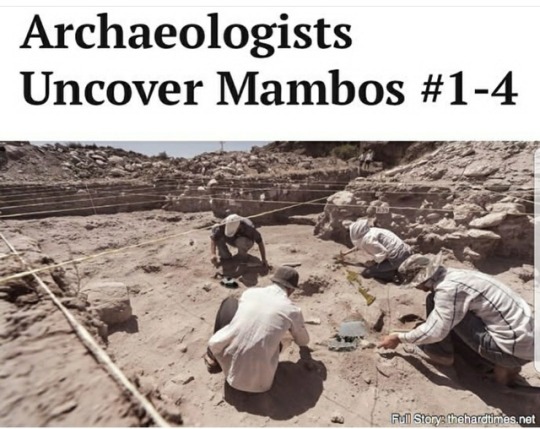a uk college blogger; a jumble of archaeology, history, anthropology and artwork from a student at cirencester college, with a bit of deer-blogging mixed in.
Don't wanna be here? Send us removal request.
Text
Major corridor of Silk Road already home to high-mountain herders over 4,000 years ago

Using ancient proteins and DNA recovered from tiny pieces of animal bone, archaeologists at the Max Planck Institute for the Science of Human History (MPI-SHH) and the Institute of Archaeology and Ethnography (IAET) at the Russian Academy of Sciences-Siberia have discovered evidence that domestic cattle, sheep and goats made their way into the high mountain corridors of southern Kyrgyzstan more than four millennia ago, as published in a study in PLOS ONE.
Long before the formal creation of the Silk Road—a complex system of trade routes linking East and West Eurasia through its arid continental interior—pastoral herders living in the mountains of Central Asia helped form new cultural and biological links across this region. However, in many of the most important channels of the Silk Road itself, including Kyrgyzstan’s Alay Valley, a large mountain corridor linking northwest China with the oasis cities of Bukhara and Samarkand, very little is known about the lifestyles of early people who lived there in the centuries and millennia preceding the Silk Road era. Read more.
191 notes
·
View notes
Photo
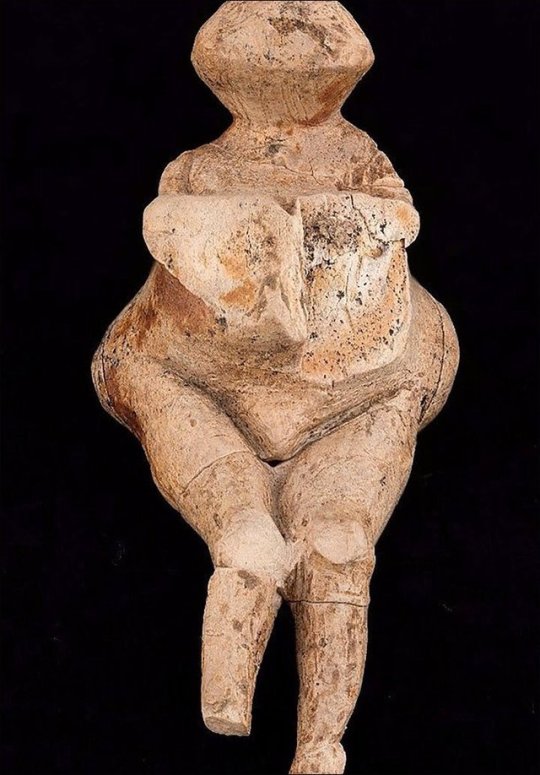
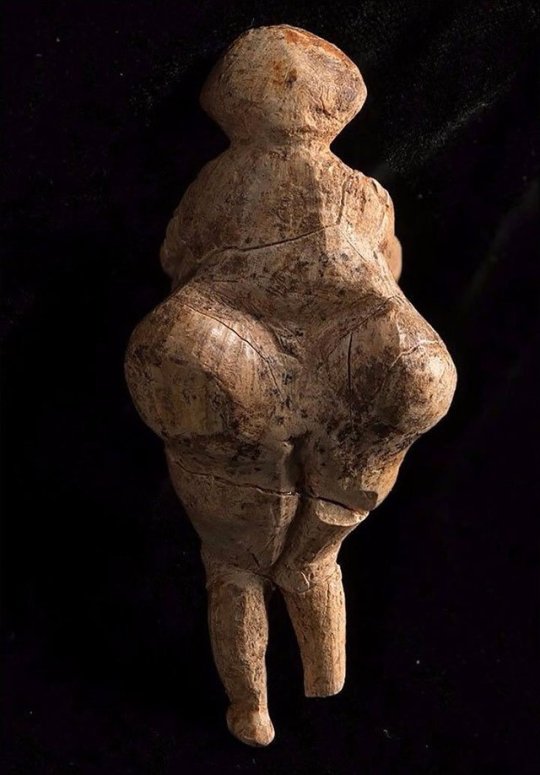
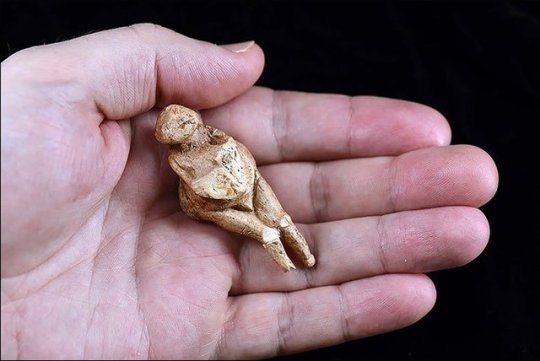
“Tiny 23,000-year-old mammoth ivory figurine discovered in the Bryansk region of Russia“
(Source: @Jamie_Woodward_ on Twitter)
237 notes
·
View notes
Photo
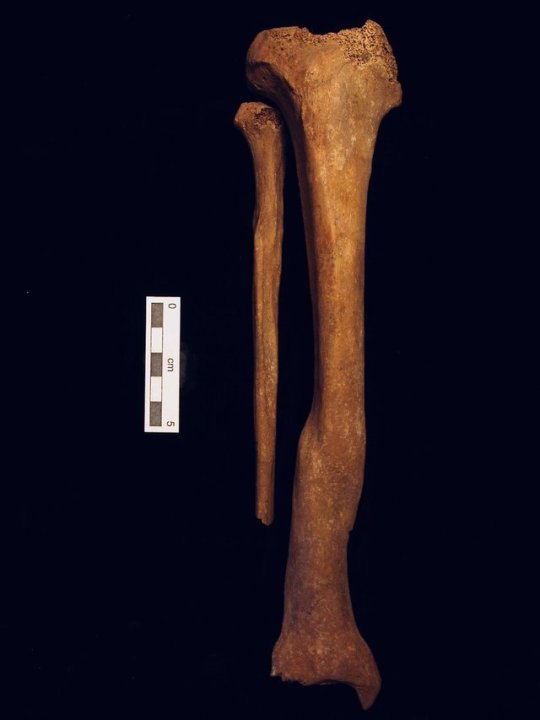
“…a picture of a healed spiral fracture, right tibia and fibula. Middle Holocene Baikal.“
(Source: @Angela_Lieverse on Twitter)
39 notes
·
View notes
Text
New technology reveals secrets of famous Neanderthal skeleton La Ferrassie 1

An international team of researchers, led by Dr. Asier Gomez-Olivencia of the University of the Basque Country (UPV/EHU) and including Binghamton University anthropologist Rolf Quam, has provided new insights on one of the most famous Neandertal skeletons, discovered over 100 years ago: La Ferrassie 1.
“New technological approaches are allowing anthropologists to peer even deeper into the bones of our ancestors,” said Quam. “In the case of La Ferrassie 1, these approaches have made it possible to identify new fossil remains and pathological conditions of the original skeleton as well as confirm that this individual was deliberately buried.
The adult male La Ferrassie 1 Neanderthal skeleton was found in 1909 in a French cave site, along with the remains of an adult woman and several Neanderthal children. Read more.
106 notes
·
View notes
Text
This Medieval Mother Had a Gruesome 'Coffin Birth' After Medieval Brain Surgery
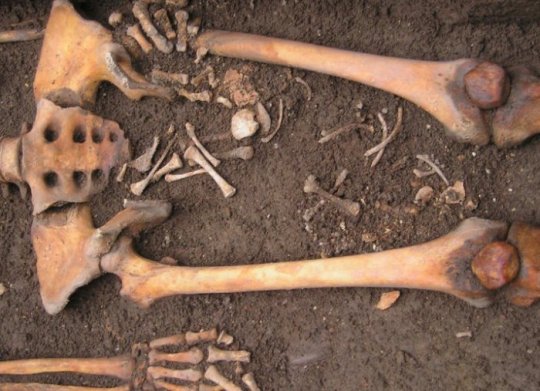
In a cramped stone grave beneath the medieval town of Imola, Italy, a 1,300-year-old woman lies dead with a hole in her skull and a fetus between her legs.
The fetus, now just a collection of tiny bones trailing below the mother’s skeletal pelvis, was likely delivered in the grave through a phenomenon called “coffin birth” — essentially, when an unborn child is forced out of its mother’s womb by posthumous gases after both mother and child have died.
It’s a rare sight in archaeology — but rarer still might be the peculiar circular wound bored into the mother’s skull.
Archaeologists from the University of Ferrara and University of Bologna attempted to unwind the mystery of this mother’s and child’s deaths in a new study published in the May 2018 issue of the journal World Neurosurgery. According to the researchers, these remarkable skeletal remains may present a rare Middle Ages example of a primitive brain-surgery technique called trepanation. This procedure involved drilling or scraping a hole into the patient’s skull to relieve pressure and (theoretically) a whole host of medical ailments. In this case, sadly, that relief may not have been enough. Read more.
1K notes
·
View notes
Photo
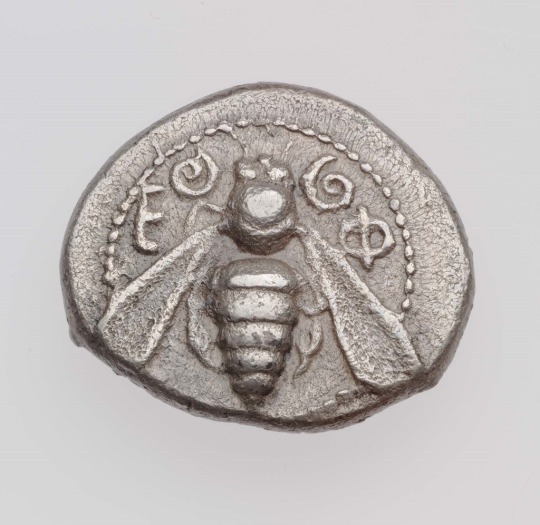
Silver drachm of Ephesos with image of a bee (Ephesos, Ionia). 480-450 B.C.
Image and text courtesy MFA Boston.
3K notes
·
View notes
Text
Archaeologists Closer to Finding Lost Viking Settlement

A lost Viking settlement known as “Hóp,” which has been mentioned in sagas passed down over hundreds of years, is said to have supported wild grapes, abundant salmon and inhabitants who made canoes out of animal hides. Now, a prominent archaeologist says the settlement likely resides in northeastern New Brunswick.
If Hóp is found it would be the second Viking settlement to be discovered in North America. The other is at L'Anse aux Meadows on the northern tip of Newfoundland.
Over the decades, scholars have suggested possible locations where the remains of Hóp might be found, including Newfoundland, Prince Edward Island, New Brunswick (on the east coast of Canada), Nova Scotia, Maine, New England and New York. However, using the description of the settlement from sagas of Viking voyages, along with archaeological work carried out at L'Anse aux Meadows and at Native American sites along the east coast of North America, an archaeologist has narrowed down the likely location of Hóp to northeastern New Brunswick. The likeliest location there? The Miramichi-Chaleur bay area. Read more.
562 notes
·
View notes
Photo
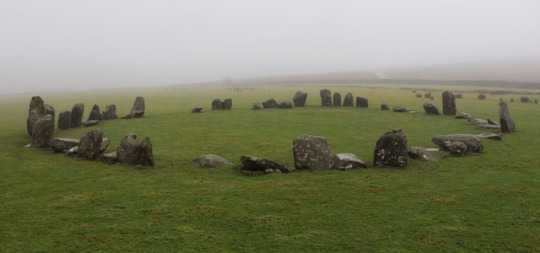
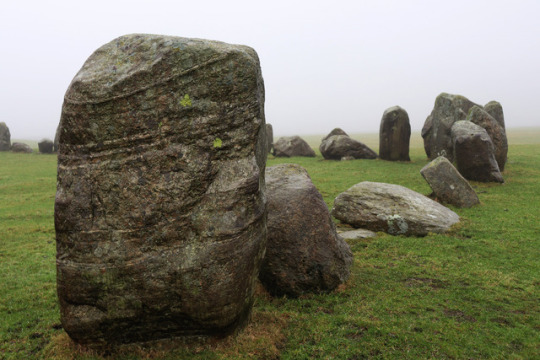
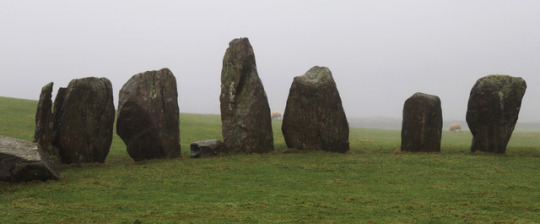
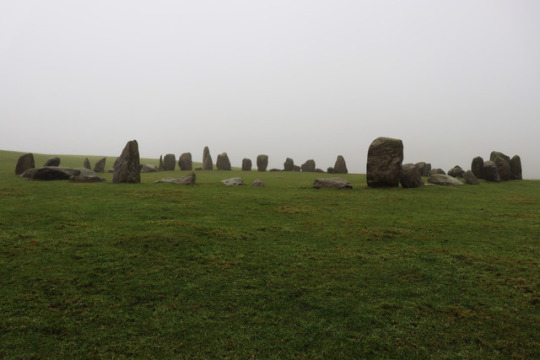
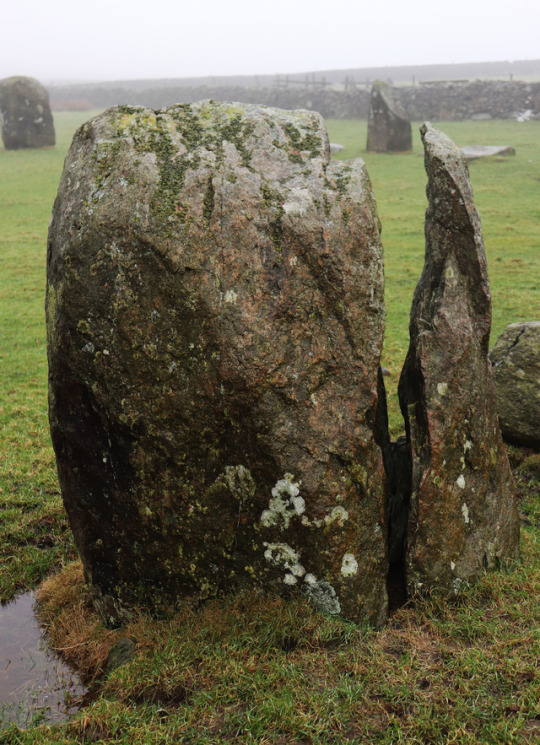
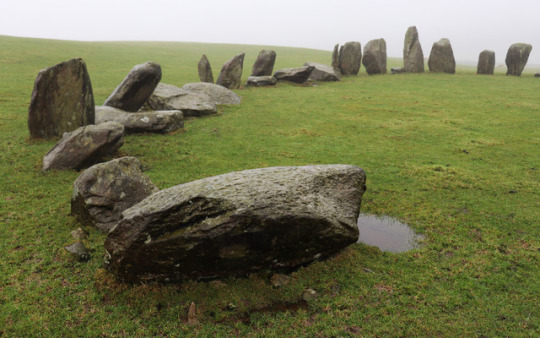
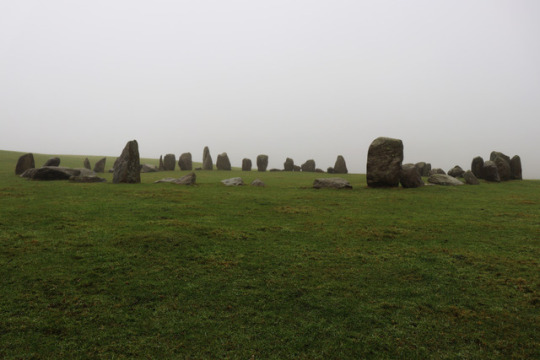
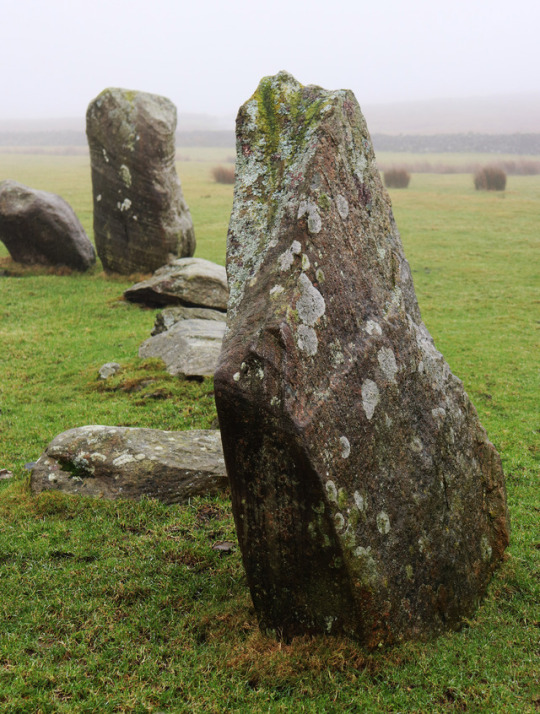
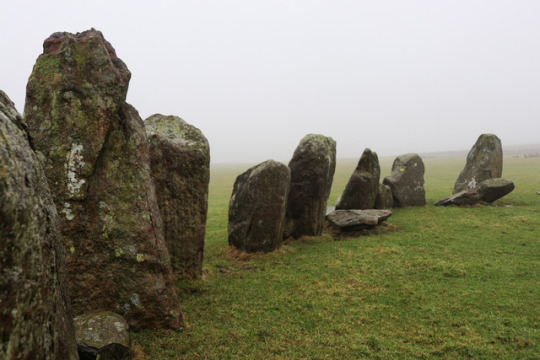
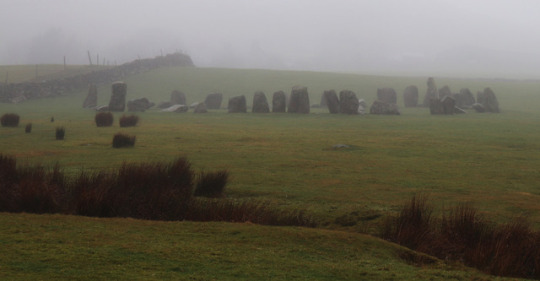
Swinside or Sunkenkirk Neolithic Stone Circle, near Millom, Lake District on the Winter Solstice 2017.
A beautiful and largely intact prehistoric stone circle with a view of estuary and mountains on a clear day. Today on the Winter Solstice, it was silent, remote, eerie but strangely serene.
1K notes
·
View notes
Photo
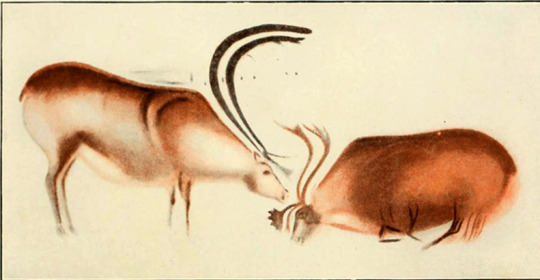

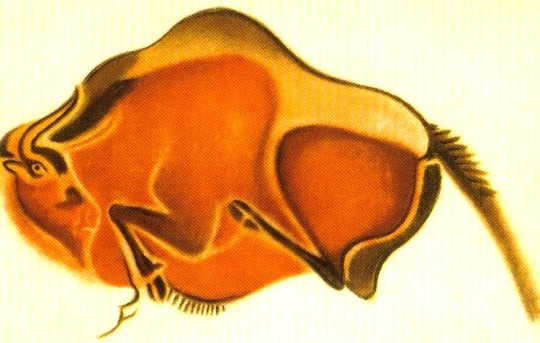
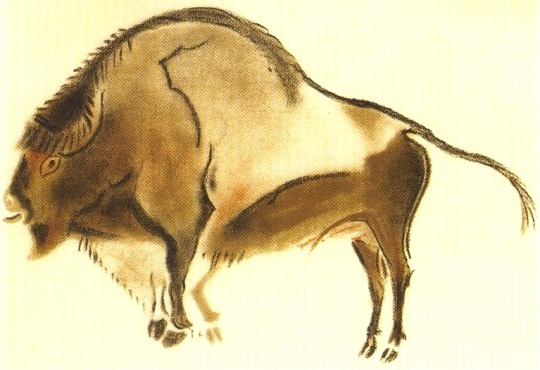
Henri Breuil (French, 1877-1954)
Watercolors based on Prehistoric Cave Paintings
Licking Reindeer, Font de Gaume, Dourdogne, France
Bison, Mammoths, Reindeer, and Horses, Font de Gaume, Dourdogne, France
Crouched Bison, Altamira, Spain
Mooing Bison, Altamira, Spain
2K notes
·
View notes
Photo
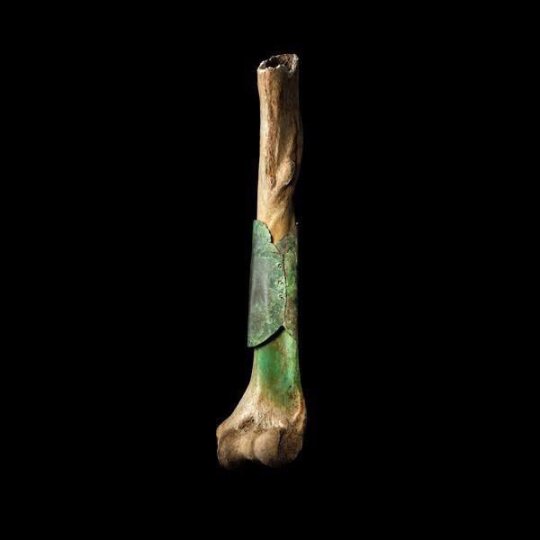
“A medieval surgeon used 3 rivets to attach a copper plate over a deep wound on a man’s upper sword/axe arm - so successfully that there was time for new bone to form over the implant before the man’s death in a Swedish monastery (via [Historiska])”
(Source: @DrSueOosthuizen on Twitter)
305 notes
·
View notes
Link
11K notes
·
View notes
Photo
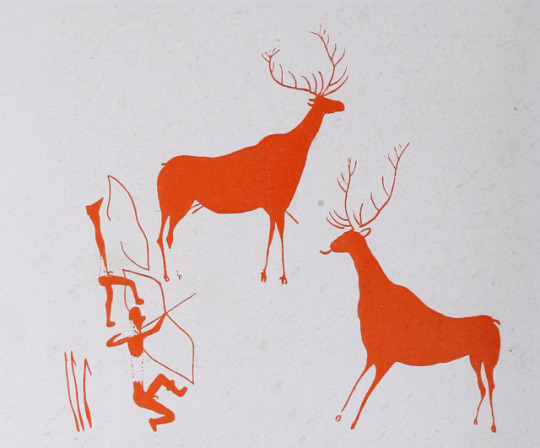
“Stag hunting, drawing on rocks, Southeast Spain.” Die Kunst der Naturvölker und der Vorzeit. 1923.
464 notes
·
View notes
Text
my favorite out of context quotes from my archeology professor so far in no particular order
and floridians are just as human as you and me!
and the moral of the story is that there are no deadly snakes native to alaska
you might know this guy as one of the only archaeologists cool enough to be mentioned by indiana jones
it’s my dream to have my name said by harrison ford
i’m not going to apologize for having this class at 6am because you paid for it and it’s your fault.
we don’t all dress like lara croft. i tried to get it to be a thing on a dig and my colleagues yelled at me.
they were pretty good archaeologists except they were too racist to realize anything they found.
i take back what i said about us not dressing like lara croft because lewis binford here is wearing nothing but short shorts and a cowboy hat. take notes for an academic halloween costume!
archaeologists can be good artists! not me, though. or anyone i know. but if you can draw just know you have options.
sometimes you find dead bodies when you dont really expect it and you just have to deal with it
archaeologists are the only people allowed to get exited when they find corpses.
once i ruined thanksgiving dinner when i told my family i had gotten my degree in archaeology and my uncle commented he liked dinosaurs too
the closest i’ve ever been to a grizzly bear is when i left my glasses in my tent on a dig in alaska, saw a big rock in the distance, and almost screamed
178K notes
·
View notes
Photo
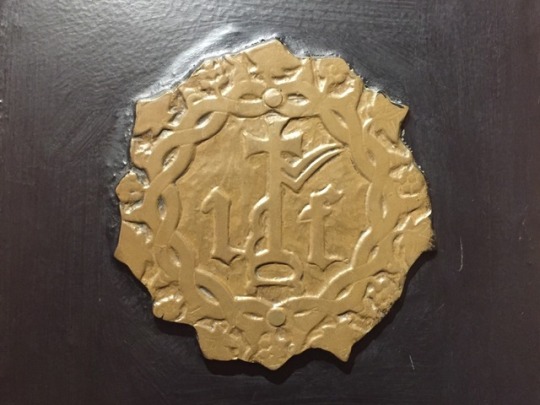
Corinium Museum, Cirencester; Medieval Period
Wool Mark of John Fortey (d. 1459 From his brass in Northleach Parish Church
my notes; Monumental brasses are a kind of memorial which grew in popularity during the 13th century, allowing detailed representations of the dead to be made for much less money than full stone or wooden effigies, which could be laid into the floors and therefore take up much less space. They were a favoured style of funerary art until the 16th century across Europe, the vast majority of these brasses survive in England (totalling around 4000). A great many of these are found in the eastern counties, although there is a large concentration of them around Cirencester, Northleach, and Lechlade.
#history#archaeology#medieval#medieval england#medieval europe#burials#christian buildings#funerary art#churches#corinium museum#personal
7 notes
·
View notes
Text
Mixing the ancient and the new—preserving rock art at the touch of a button
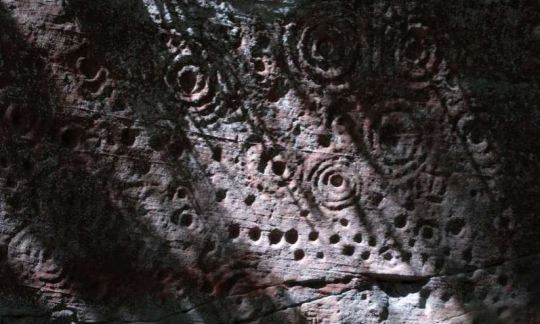
Some of the world’s most ancient art could be protected with a new app designed by Newcastle University heritage and software experts.
Rock art – also known as cups and rings – is under threat. Made by our Neolithic and Early Bronze Age ancestors between 6000 and 3800 years ago, it is mostly found in the countryside. There are more than 6,000 panels in the UK and Ireland – but increasing population densities and agriculture, along with climate change, pose a danger to it.
That’s where the new app comes in. GPS locates the site of the rock art, and users then log its condition. It registers the state of the motifs and any potential threats – such as damage from being driven over or livestock. Read more.
158 notes
·
View notes
Photo
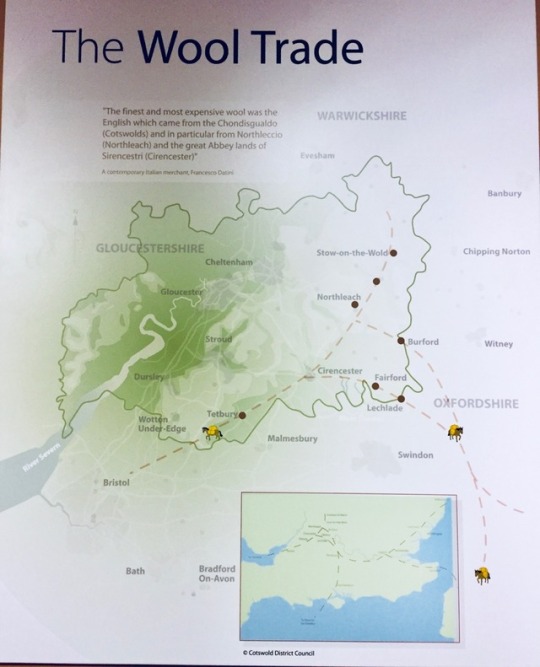
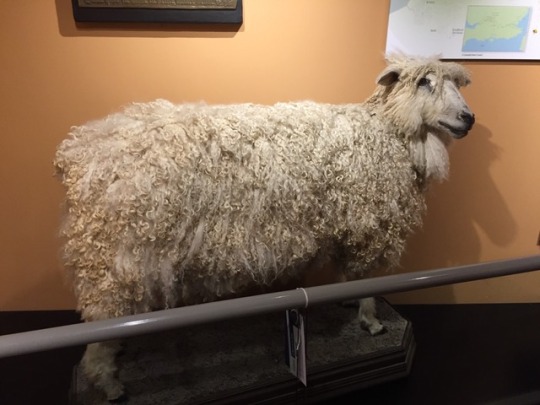
Corinium Museum, Cirencester; Medieval Period
The Wool Trade (my notes)
The production of wool was enormously important to England for many centuries, and for the Cotswolds in particular. The climate and terrain of the area made it idea for rearing sheep, and the native sheep breeds were prized for their rich golden wool. Towns and villages grew up along the trade routes, merchants amassed large amounts of money which was spent on lavish houses, and grand “wool churches” were built on the proceeds. A great number of the herds were owned by the numbers of Abbeys established in the area, furthering the success of already growing power of the church. By the 1100s, 50% of the economy of the Cotswolds was based in the rearing of sheep for their wool, and by the 14th century this was true for the income for the entire country.
Cirencester sits at one of the major crossroads in a prime location for both moving wool and other goods to and from major ports, but also for transportation into the Stroud valleys, which still contain a huge concentration of textile mills.
The Cotswold Lion
Sheep have grazed on the Cotswold hills for more than 2000 years. The most famous breed was the Cotswold Lion, the producer of a long curly fleece which became famous throughout Europe. An ideal wool for dyeing, it became a favourite for spinning and weaving. Merchants grew rich and built many churches with their profits.
This fine example (in image 2) comes from a local flock by the name of Noent, his own name is Emperor. Kindly donated by Mr E Freeman.
#history#archaeology#medieval#medieval england#medieval europe#sheep#cotswolds#gloucestershire#cirencester#corinium museum#personal
13 notes
·
View notes
